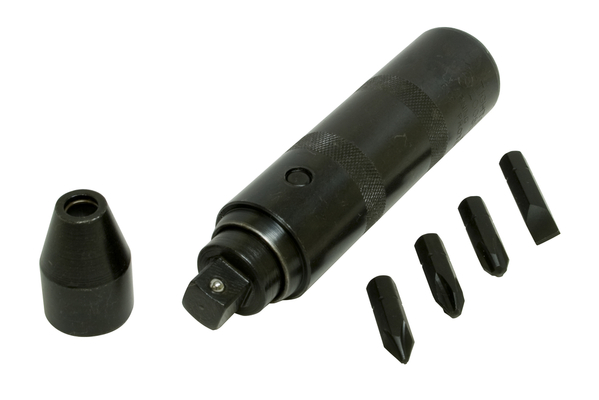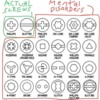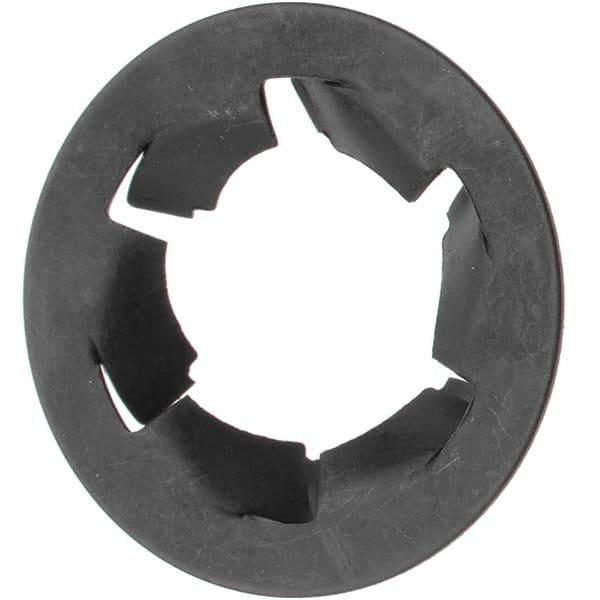Does anyone have one of these?
And if you used it, did it remove the screw or just strip out the head?
When I last did a disk brake job (on my Nissan) the rotor was centered and held to the hub by a couple of 6mm counter-sunk, Phillips head screws. AFAIK, this is just to keep the rotor in position and centered on the wheel studs.
Almost every time I have used a hand impact driver on these screws, it has stripped out the Phillips slots in the head while the threaded screw remained in place. Then I have to use a 3/8" drill into the countersunk head to remove the head. After that, and the rotor is removed, what's left of the threaded screw spins right out, often with only minimal effort. This tells me that the countersunk head was corroded to the rotor, NOT the threads corroded to the hub.
So do other people have this problem with hand impact drivers?
Or am I just a Nood-Nik? I even bought a new driver at Lowe's thinking that my old one was defective or something, only to get the same results with the new one (so maybe the "defective part" is ME??). I even played with it, making darn sure I had set it to the "Lefty Loosey" side, with the same results. Is it just a poor design or is it me?








